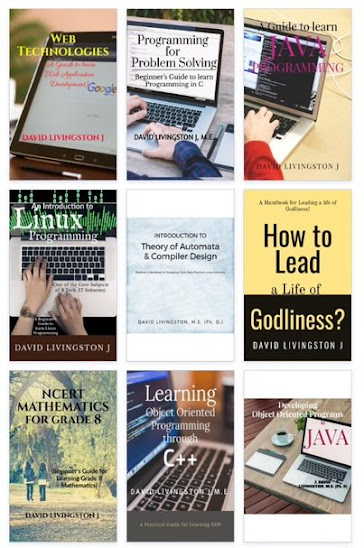The internet has revolutionized connectivity and given us faster access to more information. Distributed computing scales data processing, enabling efficiency. IoT proliferates connected devices, generating massive amounts of data. Social networking has encouraged most of us that data to be unstructured. Together, they reshape our digital landscape, accelerating information access and innovation.
Human beings have innate intelligence, which is defined as the intelligence that governs every activity in our body. The only innate intelligence machines have is what we give them. We provide machines with the ability to examine examples and create machine learning models based on the inputs and desired outputs. We do this in different ways, such as with supervised learning, unsupervised learning, and reinforcement learning.
Three Categories of Artificial Intelligence:
AI can be divided into categories based on strength, breadth, and application.
Considering the strength of AI, it can be of three types - weak AI or narrow AI, strong AI or generalized AI, and super AI or conscious AI. Weak or narrow AI is AI that is applied to a specific domain. Applied AI can perform specific tasks but not learn new ones, making decisions based on programmed algorithms and training data. For example, language translators, virtual assistants, AI-powered web searches, recommendation engines, and intelligent spam filters.
Strong AI or generalized AI refers to artificial intelligence capable of engaging in and performing a diverse array of distinct and unrelated tasks. It possesses the ability to acquire new skills to tackle novel challenges, achieving this by autonomously learning fresh approaches. Generalized AI is the combination of many AI strategies that learn from experience and can perform at a human level of intelligence. Its use cases include finance, human resources, information technology, research and development, and supply chain.
Super AI or conscious AI extends the concept of generative AI to a more advanced level. It is an AI with human-level consciousness, which would require it to be self-aware, showing advanced cognitive abilities and developing its own thinking skills. Super AI could demonstrate capabilities beyond human intelligence in areas like healthcare, autonomous vehicles, robotics, natural language understanding, and environmental conservation.
Knowledge Required for Implementing AI:
Computer science and electrical engineering determine how AI is implemented in software and hardware. Mathematics and statistics determine viable models and measure performance.
Because AI is modeled on how we believe the brain works, psychology and linguistics play an essential role in understanding how AI might work. Philosophy, on the other hand, provides guidance on intelligence and ethical considerations.
Augmented Intelligence:
Artificial intelligence is the ability of a machine to perform tasks that normally require human intelligence, such as reasoning, natural communication, and problem solving. It basically replaces the need for a human. So computers are doing the work, without the need for human intervention.
Augmented intelligence is more than that of Artificial Intelligence. It involves both man and the machine working together. They're doing so to enhance each other's efforts when completing tasks. Augmented intelligence systems augment our human abilities. With the advent of AI, experts are encouraged to scale their capabilities and let the machines handle the time-consuming work.
Things like screen readers for the blind, voice-driven navigation, or driving a car having collision avoidance system, they're all examples of augmented intelligence at work. They act on our behalf in the physical world, but in a way that complements our own capabilities.



